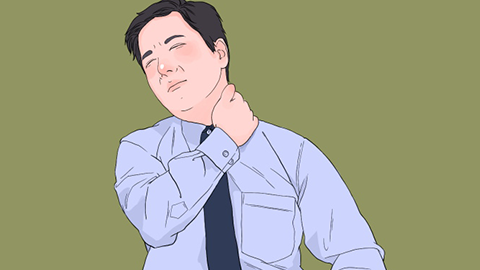What are the complications of ankylosing spondylitis?
In general, if ankylosing spondylitis is not promptly controlled, it may lead to complications such as spinal deformity, hip joint lesions, ocular inflammation, cardiovascular problems, and osteoporosis. These complications can further impair physical function and require particular attention. Detailed analysis is as follows:

1. Spinal Deformity: As the disease progresses, spinal inflammation damages the joints and ligaments between vertebrae, causing the spine to gradually lose its normal physiological curvature. This results in deformities such as forward bending (kyphosis) and spinal rigidity. In severe cases, patients may be unable to stand upright or lift their heads and have difficulty turning their bodies, which not only affects appearance but also limits daily activities.
2. Hip Joint Lesions: The hip joint is a commonly affected site in this disease. Inflammation can damage the cartilage of the hip joint and narrow the joint space, manifesting as hip pain and stiffness, with increased pain during walking. If not treated promptly, hip joint fusion may develop, severely limiting lower limb mobility.
3. Ocular Inflammation: About 30% of patients develop ocular complications, with uveitis being the most common. Symptoms include redness, eye pain, photophobia, and blurred vision, which may recur. Delayed treatment may lead to complications such as iris adhesion and cataracts, which can seriously affect vision.
4. Cardiovascular Problems: Prolonged inflammation may affect the cardiovascular system, causing complications such as aortic valve disease and pericarditis. Aortic valve disease may lead to abnormal blood supply to the heart, causing symptoms like chest tightness and shortness of breath; pericarditis manifests as chest pain and palpitations, which can impair cardiac function in severe cases.
5. Osteoporosis: Inflammation affects bone metabolism, leading to bone loss and osteoporosis. Patients' bones become brittle and prone to fractures, especially vertebral fractures, which can be triggered by even minor trauma. Fractures are difficult to recover from and may further worsen spinal deformity.
Key to preventing complications lies in early standardized treatment to control inflammation and regular monitoring to detect and manage complications promptly. Maintaining daily rehabilitation exercises, along with calcium and vitamin D supplementation, can also reduce the risk of complications.








